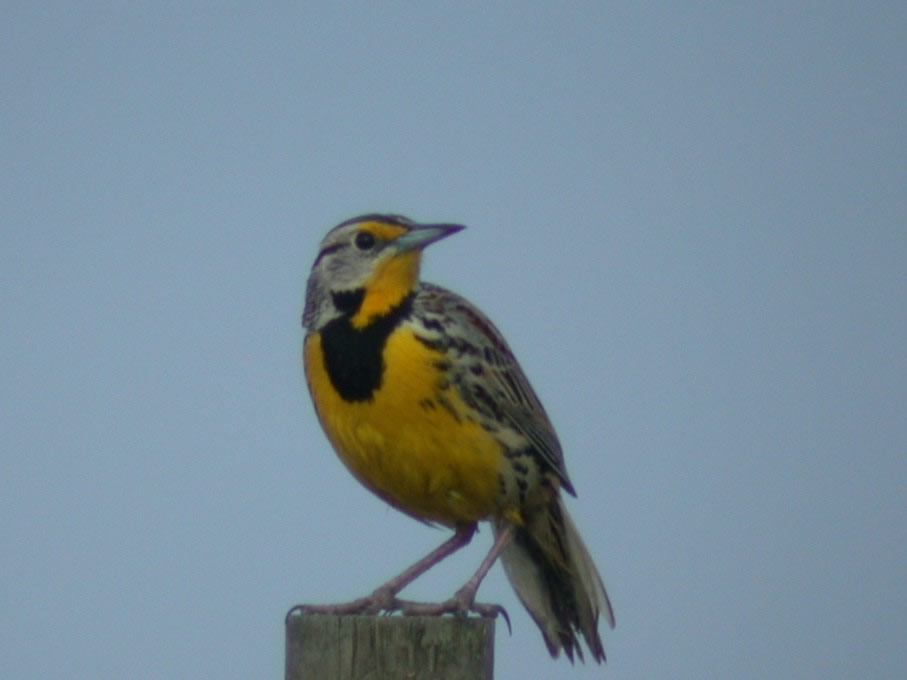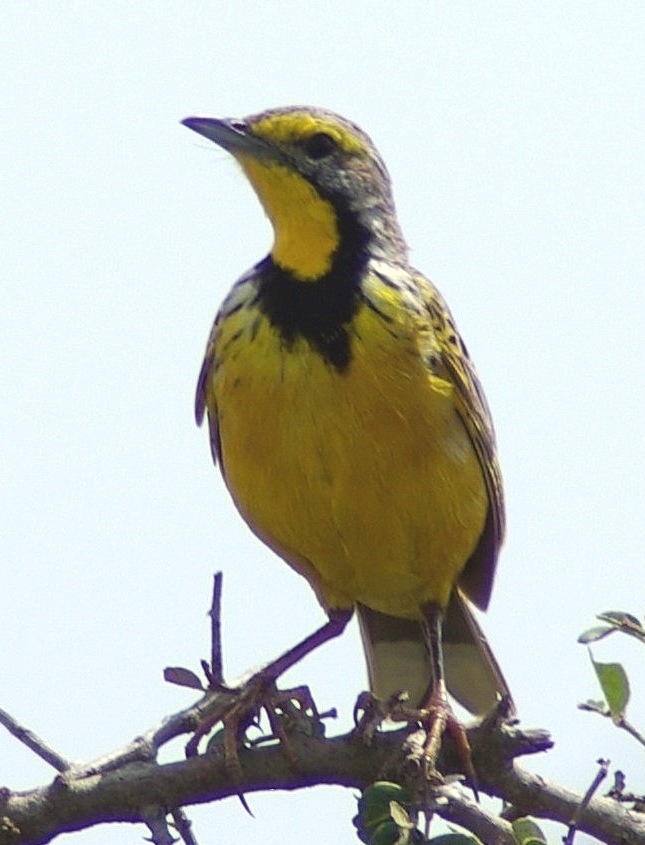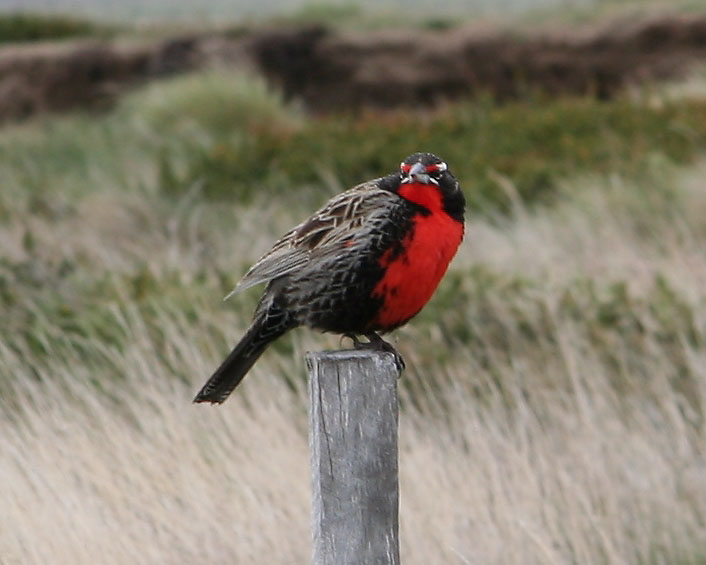*Note: Text and all photos in all Kenya posts are by Shawn Billerman unless otherwise noted.
Day 8 - July 2, 2008
Day 8 found our group collecting data for our third project, which was about acacia ants, which I will discuss in a future post. July 2 also happened to be my 21st birthday. To celebrate, Irby took me out in the afternoon for 2.5 hours for some good old-fashioned birding. Also along for the ride were Harry, Jamie, and our guide, Colistus. Our first stop was at the Hippo Pools, where we saw, you guessed it, Hippos! Beyond the hippos, we saw some good birds there too! We had
Malachite Kingfisher, Common Scimitarbill, Cinnamon-chested Bee-eater, and
White-browed Robin-chat. Harry and Irby also saw a Nile Monitor, but I missed it. We got very close to the hippos… a little too close for my fancy, but Colistus said everything was fine. Harry was equally nervous, saying that if any of the hippos moved, he would either pee his pants, or have a heart attack. Luckily for Harry, the hippos just sat in the water and snorted noisily at each other.
From the hippo pools, we headed up to the airstrip, which is much more open than most of Mpala, and has a lot of open grass, which is perfect habitat for Secretarybirds. Sure enough, not too far into the airstrip, I spotted my first
Sagittariius! What incredible birds! We continued to drive around the airstrip, and I got some new larks (
Singing Bush-lark), and other assorted little brown birds. While driving around, we came upon this large flock of sparrowy-finchy birds. Closer inspection revealed a large mixed flock of mostly
Red-billed Queleas, but with many other birds mixed in, like Social Weavers,
Chestnut Sparrows, various Estrildids, and, the highlight, a pair of
Yellow-throated Longclaws. Longclaws are related to pipits and wagtails (Family
Motacillidae), but are apparently convergent in pattern to our Meadowlarks (Family
Icteridae, Genus
Sturnella).

Rosy-breasted Longclaw (
Macronyx ameliae) (
Source); Yellow-throated Longclaw (
Source); Long-tailed Meadowlark (
Sturnella loyca) (
Source); Eastern Meadowlark (
Sturnella magna) (
Source)
In addition to all the little brown birds we saw in this area, we saw another Secretarybird, this one flying up into a nearby tree, with many Social Weaver nests. I almost got the impression that it was searching the nests for some easy prey. We also had a pair of
White-bellied Bustards close to the road, a
White-browed Coucal, and I watched as a pair of
Rosy-patched Bush-shrikes dueted in the same bush, facing each other.

White-bellied Bustard (
Eupodotis senegalensis) (photo by Jess Marion)
We ended this brief but productive birthday birding trip with a stop at Baboon Cliffs Dam. There were many
Wattled Starlings flying around getting ready to roost, as well as hundreds of
Cattle Egrets already roosting on the pond. But, by far the highlight of this stop was a
Verreaux’s Eagle Owl that Colistus spotted, perched in a tree by the pond that many unsettled weavers and Estrildids were attempting to roost in. Also on the pond were
Little Grebes, Yellow-billed Ducks, Red-billed Teal, Long-tailed Cormorant, and a pair of
Common Moorhen. After getting back, we had dinner, I was embarrassed as everyone sang “Happy Birthday,” (with Irby trying to prove to Dustin that he can in fact sing by singing especially loudly), and then went back to the center for a late night of writing papers.


Cattle Egret (
Bubulcus ibis) roost at Baboon Cliffs Dam (photo by Jess Marion); Egyptian Goose (
Alopochen aegyptiacus) (photo by Jess Marion)



















































